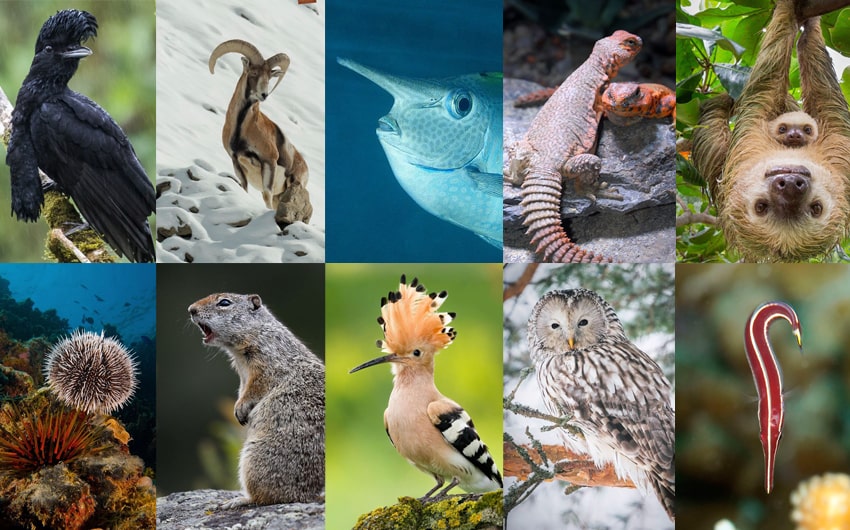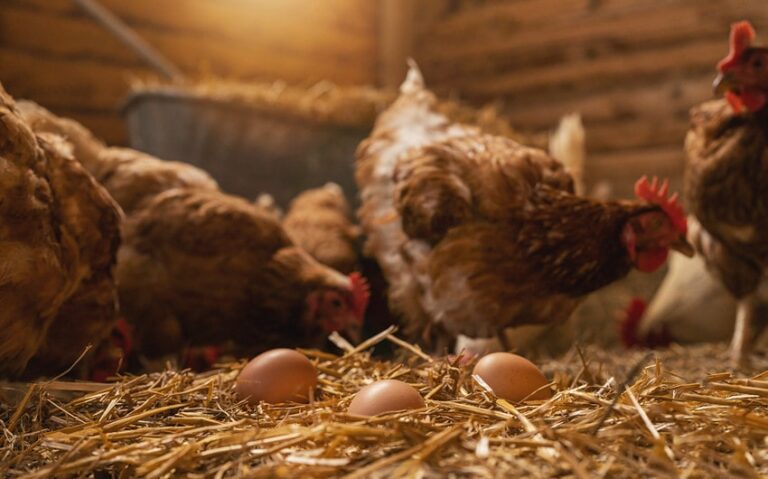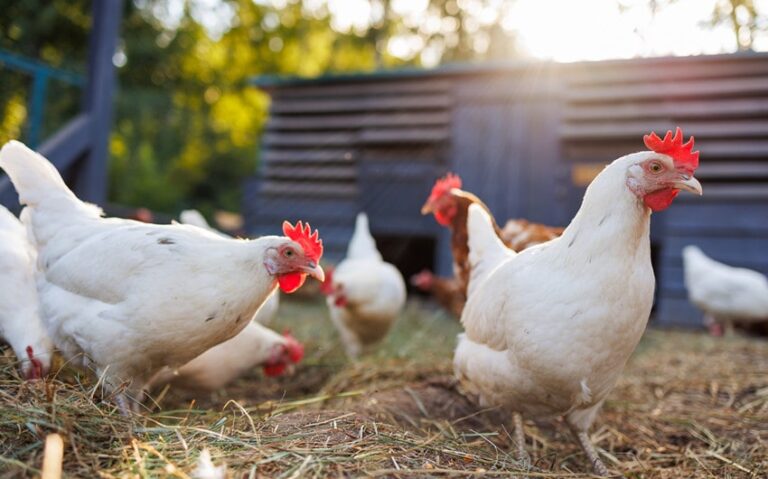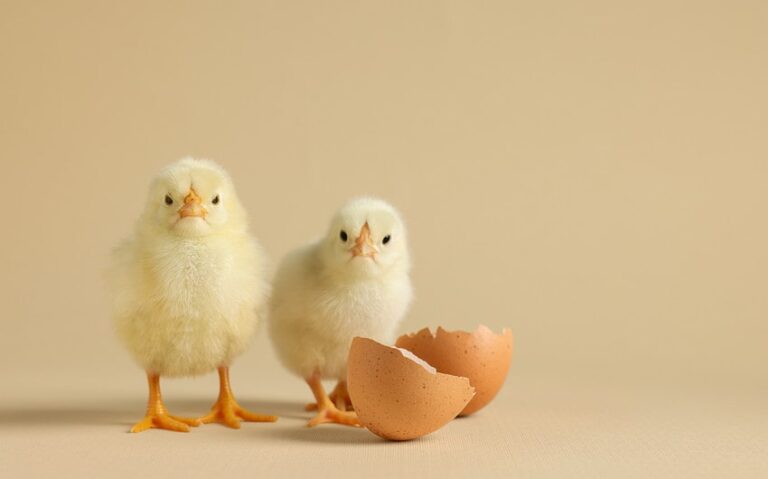Meet 13 Animals That Start with U You Never Knew
Ever wondered about the variety of creatures out there that don’t get much attention? Today, we’re diving into some surprising animals that start with U. From the unusual to the surprisingly adorable, these creatures remind us of the endless wonders of the animal kingdom. Whether you’re a wildlife enthusiast or just curious, this list will introduce you to some amazing animals you’ve likely never heard of but will definitely want to know more about.
Let’s take a look at these incredible U-starting animals that make our world so fascinating!
Unique Animals That Start with U
1. Uakari
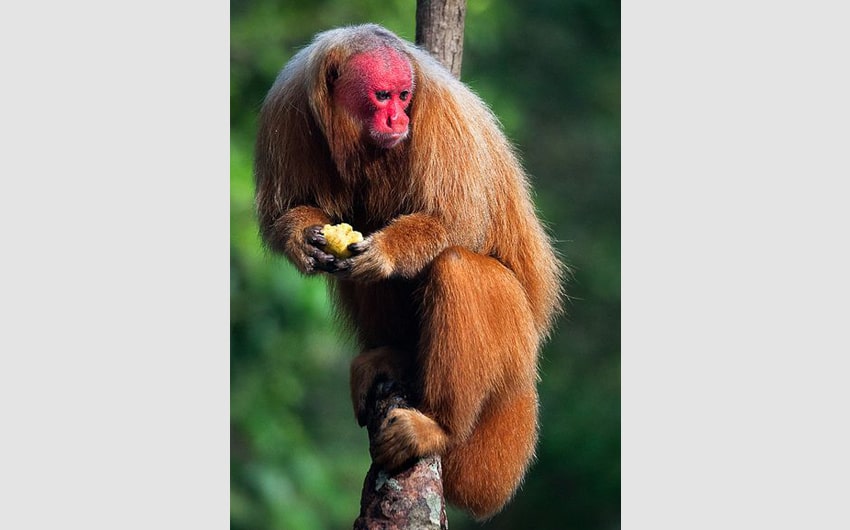
Image Source: Pinterest
The Uakari is a small primate native to the Amazon rainforest, instantly recognizable by its bright red face and short tail. This unique appearance, especially the bald, crimson face, often sets the Uakari apart from other monkeys. The color of their face is not just for show—it’s a sign of health. A bright red face typically indicates a healthy Uakari, while a paler complexion can signal illness. They have thick, fluffy fur that varies in color, ranging from white to orange, helping them blend into their forest environment.
Uakaris live in groups called troops, which can include up to 100 individuals, providing safety in numbers. These primates are highly social and communicate with each other using a variety of vocalizations, gestures, and facial expressions. They primarily eat fruits, seeds, and leaves, often traveling long distances in search of food.
Unfortunately, Uakaris face threats from habitat loss and hunting, making them a vulnerable species. Conservation efforts are crucial to ensure these captivating monkeys continue to thrive in their natural habitat.
2. Umbrella Bird
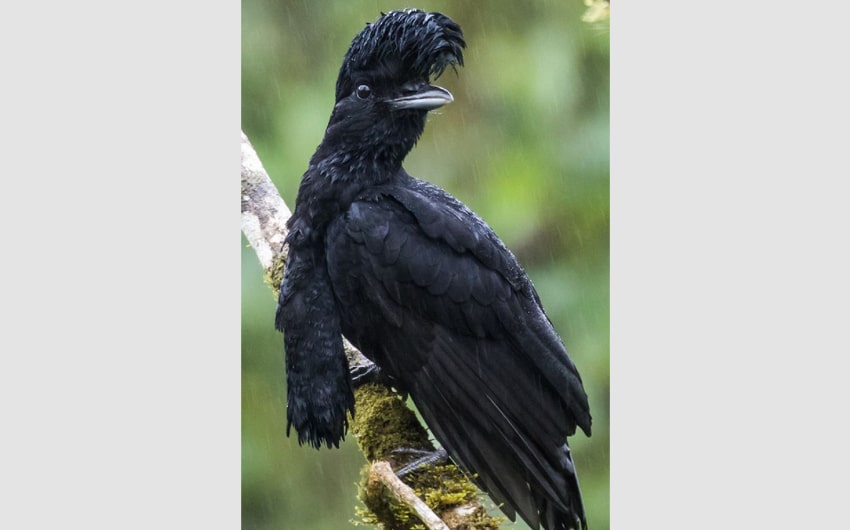
Image Source: Pinterest
The Umbrella Bird is a striking bird found in the rainforests of Central and South America, named for the unique umbrella-like crest of feathers that sits atop its head. This distinctive crest can be raised or lowered, giving the bird its characteristic look. Males also have a long, feathered throat wattle that they puff out during courtship displays.
These birds are typically black with a glossy sheen, making them stand out in their dense, green habitats. Their deep, booming calls can often be heard echoing through the forest, especially during the breeding season.
Umbrella Birds are solitary creatures, preferring to live and hunt alone. They primarily feed on fruits, insects, and small animals, playing an important role in seed dispersal within the rainforest ecosystem. Unfortunately, habitat destruction due to deforestation has put the Umbrella Bird at risk, with their populations declining in recent years. Conservation efforts are underway to protect these unique birds, highlighting the need to preserve their fragile habitats.
3. Urial

Image Source: Pinterest
The Urial is a wild sheep found in the mountainous regions of Central and South Asia. Known for its impressive curved horns, which can grow up to a meter long, the Urial is an agile and resilient animal adapted to life in rugged terrain. Males are particularly striking, with a distinct ruff of fur around their necks that sets them apart during the breeding season. These animals have a reddish-brown coat that blends seamlessly with the rocky landscapes they inhabit, providing them with natural camouflage against predators.
Urials live in small herds, often composed of females and their young, while males tend to be more solitary or form bachelor groups. They graze on grasses and shrubs, making the most of the sparse vegetation available in their arid habitats. Despite their adaptability, Urials face threats from habitat loss, poaching, and competition with livestock for food. Conservation efforts are critical to protect these majestic sheep, ensuring their survival in the wild.
4. Unicornfish
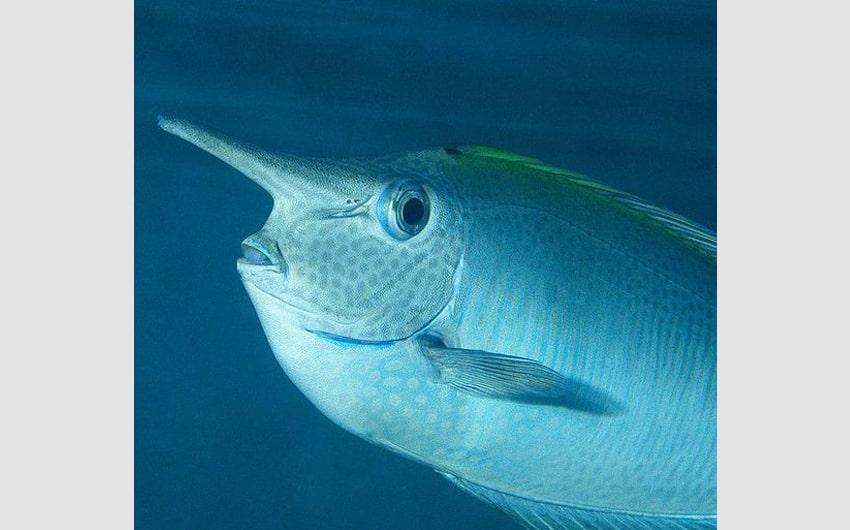
Image Source: Pinterest
The Unicornfish is a tropical marine fish known for the horn-like protrusion on its forehead, resembling the mythical unicorn. These fish are commonly found in coral reefs across the Indo-Pacific region, where they glide gracefully among the vibrant coral formations.
Unicornfish come in a variety of colors, often sporting hues of blue, gray, or yellow, and are known for their sleek, streamlined bodies that help them navigate through complex reef environments. Despite their striking appearance, the horn is more of a visual trait than a functional one.
Unicornfish are herbivores, primarily grazing on algae that grow on coral reefs. This diet helps maintain the balance of the reef ecosystem, preventing algae from overgrowing and harming the coral. They are social creatures, often seen swimming in schools, which provides safety in numbers. Though not currently endangered, Unicornfish face threats from habitat degradation and overfishing, highlighting the importance of protecting coral reefs to ensure the survival of these and many other marine species.
5. Uromastyx
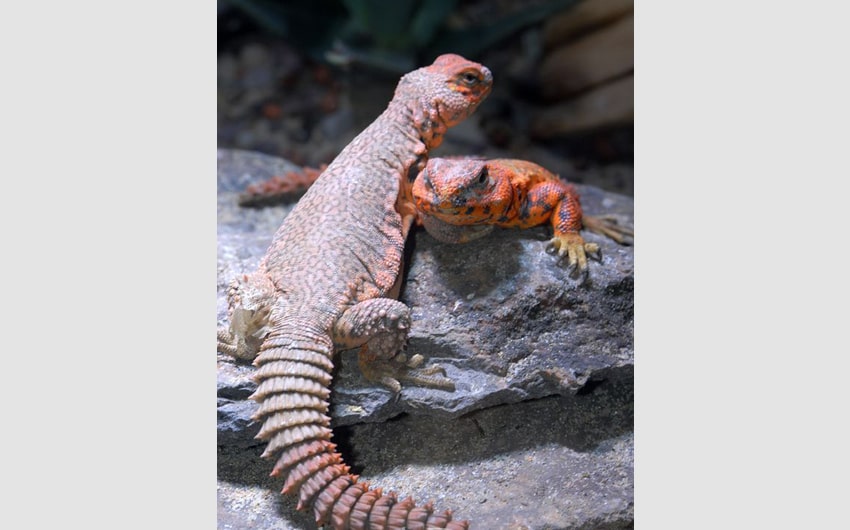
Image Source: Pinterest
The Uromastyx, also known as the spiny-tailed lizard, is a desert-dwelling reptile found in North Africa, the Middle East, and parts of Asia. These lizards are well adapted to their harsh, arid environments, with thick scales and a stout, spiky tail that they use for defense against predators. Uromastyx are primarily herbivorous, feeding on desert plants, leaves, and seeds, though they will occasionally eat insects. They are known for their burrowing habits, often digging complex underground tunnels to escape the desert heat.
Uromastyx lizards are fascinating for their unique thermoregulation abilities—they bask in the sun to warm up during the cooler parts of the day and retreat to their burrows when it gets too hot. They come in various colors, including shades of green, yellow, and red, which often intensify during the breeding season. These hardy lizards are increasingly popular as exotic pets, but it’s important to note that they thrive best in the wild where they can engage in their natural behaviors.
6. Unau (Two-toed Sloth)
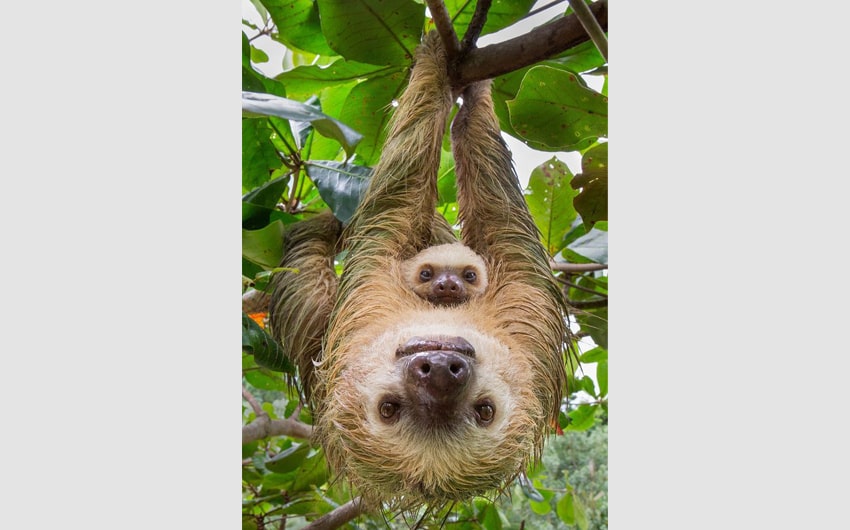
Image Source: Pinterest
The Unau, commonly known as the two-toed sloth, is a slow-moving mammal native to the rainforests of Central and South America. Unlike its three-toed relative, the two-toed sloth has only two claws on each of its front limbs, which it uses to hang upside down from tree branches. Its thick fur often hosts algae, giving it a greenish tint that helps with camouflage in the dense forest canopy. Sloths are notorious for their sluggish pace, moving so slowly that they appear almost motionless, which helps them avoid detection by predators.
Two-toed sloths are nocturnal, spending their nights feeding on leaves, fruits, and small insects. Their low-energy diet and slow metabolism mean they conserve as much energy as possible, often sleeping up to 20 hours a day. Despite their relaxed lifestyle, sloths are excellent swimmers and will occasionally take to the water to move between trees. However, deforestation and habitat loss pose significant threats to their survival, making conservation efforts essential to protect these unique creatures.
7. Urchin

Image Source: Pinterest
Sea urchins are spiny marine animals found in oceans worldwide, commonly seen in rocky seabeds, coral reefs, and kelp forests. These round, prickly creatures are covered in sharp spines that help deter predators and aid in mobility across the ocean floor.
Urchins come in various colors, including purple, red, green, and black, adding vibrant hues to their underwater habitats. While they may look threatening, urchins play a crucial role in their ecosystems, primarily feeding on algae and helping to maintain a balanced marine environment.
Urchins are slow movers, using tiny tube feet located between their spines to glide along surfaces in search of food. They are vital for controlling algae growth, which can otherwise overrun coral reefs and seagrass beds. Some species of urchins are also considered delicacies in various cuisines, particularly in sushi. However, overharvesting and habitat degradation threaten urchin populations, emphasizing the need for sustainable practices to protect these intriguing marine creatures.
8. Underwing Moth
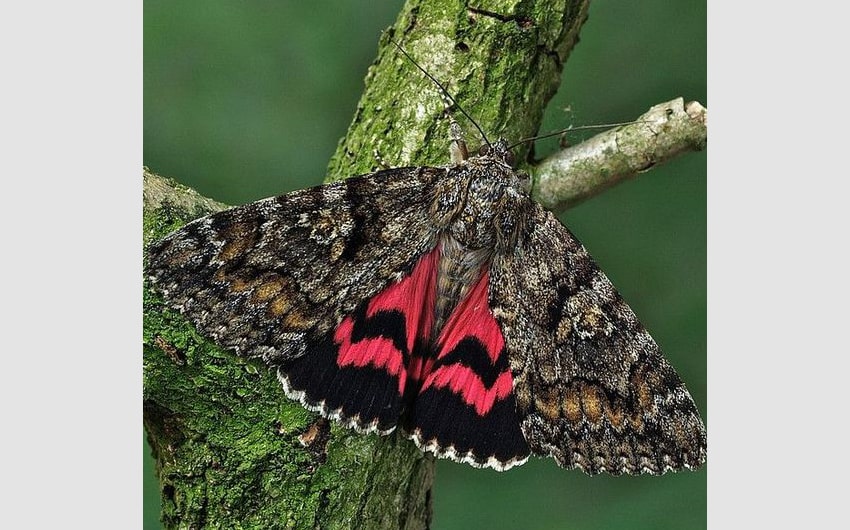
Image Source: Pinterest
The Underwing Moth is a fascinating species of moth found primarily in North America, recognized for its vibrant, colorful hindwings hidden beneath dull, camouflaged forewings. When resting, the moth’s forewings blend perfectly with tree bark, providing excellent protection against predators. However, when threatened, it flashes its bright underwings—often in striking shades of orange, red, or pink—startling predators and giving it a chance to escape. This unique defense mechanism is known as “startle coloration.”
Underwing Moths are nocturnal and are often attracted to lights at night, where they feed on tree sap, rotting fruit, and nectar. They play an essential role in their ecosystems as pollinators and as a food source for birds, bats, and other wildlife. The Underwing Moth’s striking appearance and behavior make it a popular subject for nature photographers and moth enthusiasts alike. While generally abundant, habitat loss and light pollution can impact their populations, highlighting the importance of preserving natural habitats.
9. Uinta Ground Squirrel
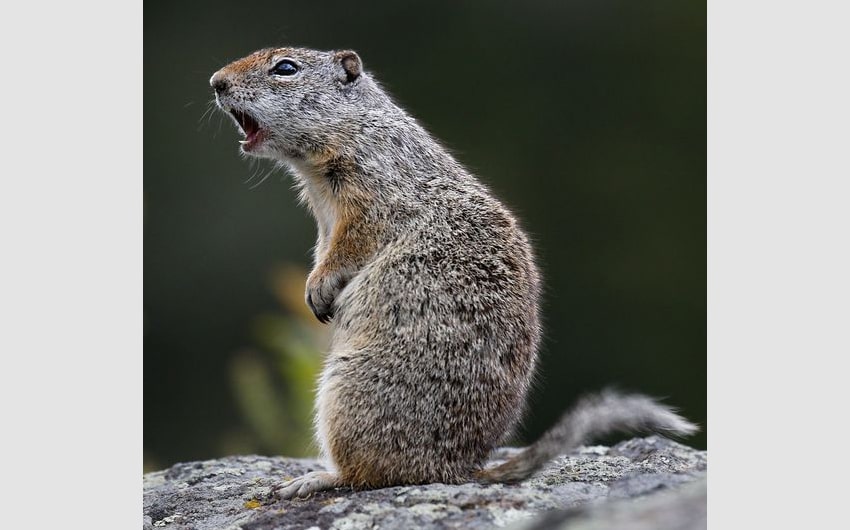
Image Source: Pinterest
The Uinta Ground Squirrel is a small, burrowing rodent native to the western United States, particularly the high plains and mountainous regions of Utah, Wyoming, and Montana. These squirrels are active during the warmer months, spending their days foraging for grasses, seeds, and insects.
Uinta Ground Squirrels are highly social, living in colonies where they communicate through high-pitched chirps and whistles to alert each other of potential threats. They are known for their energetic digging habits, creating extensive burrow systems that serve as homes and protection against predators.
During the colder months, Uinta Ground Squirrels hibernate in their burrows, surviving on the fat reserves they build up during the summer. This hibernation period can last up to seven months, depending on the climate. While they are generally abundant in their habitats, changes in land use and climate can affect their populations, highlighting the importance of maintaining healthy ecosystems for these small but vital members of the animal community.
10. Upupa (Hoopoe)
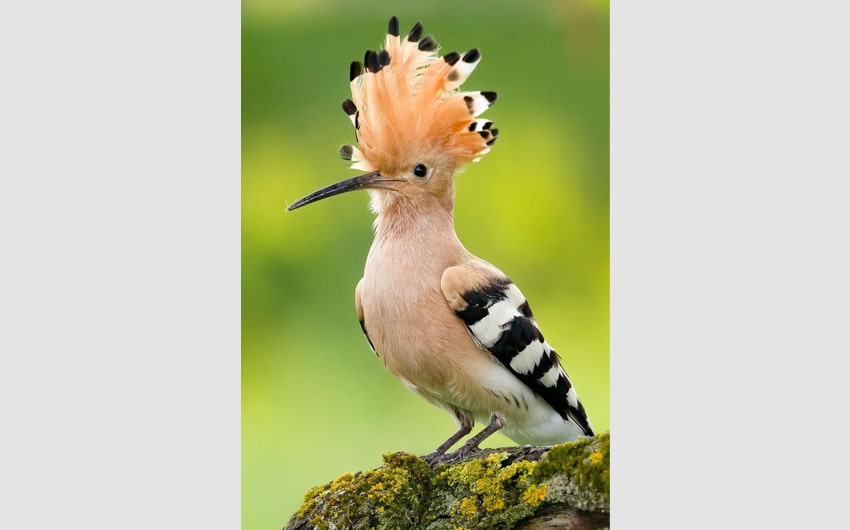
Image Source: Pinterest
The Upupa, commonly known as the Hoopoe, is a distinctive and colorful bird recognized by its striking crest of feathers, long beak, and unique call. Found across Europe, Asia, and Africa, the Hoopoe is often spotted in open landscapes such as grasslands, savannas, and farmlands. Its plumage is primarily orange with bold black and white stripes on its wings and tail, making it easy to identify in flight. The Hoopoe’s name is derived from its distinctive “hoo-poo” call, which it uses to communicate with others, particularly during the breeding season.
Hoopoes are skilled hunters, using their long, curved beaks to probe the ground for insects, worms, and small reptiles. They are solitary feeders but are often seen in pairs or small family groups during breeding. The Hoopoe’s ability to adapt to various habitats has helped it maintain stable populations, although it still faces threats from habitat loss and pesticide use. Their vivid appearance and intriguing behaviors make them a favorite among bird watchers and nature enthusiasts alike.
11. Ural Owl
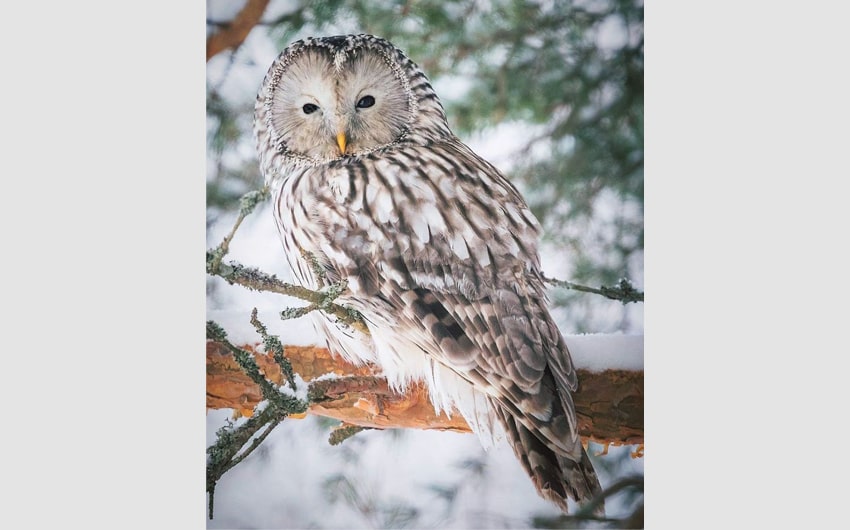
Image Source: Pinterest
The Ural Owl is a medium-sized owl native to the dense forests of Europe and Asia, particularly in Scandinavia, Russia, and Japan. This owl is known for its round head, large dark eyes, and soft, grayish plumage with subtle streaks, making it blend seamlessly into its woodland habitat. Ural Owls are fierce hunters, primarily preying on small mammals like voles, mice, and occasionally birds. Their silent flight and sharp talons make them highly efficient predators, especially at dawn and dusk when they are most active.
Ural Owls are territorial and often aggressive when defending their nests, especially during the breeding season. They typically nest in tree cavities or old nests made by other large birds, where they lay a small clutch of eggs. Their haunting, melodic hoots can often be heard echoing through the forest, adding a mysterious atmosphere to their environment. Despite being widespread, Ural Owls face threats from deforestation and habitat fragmentation, which can impact their nesting sites and food availability.
12. Urchin Clingfish
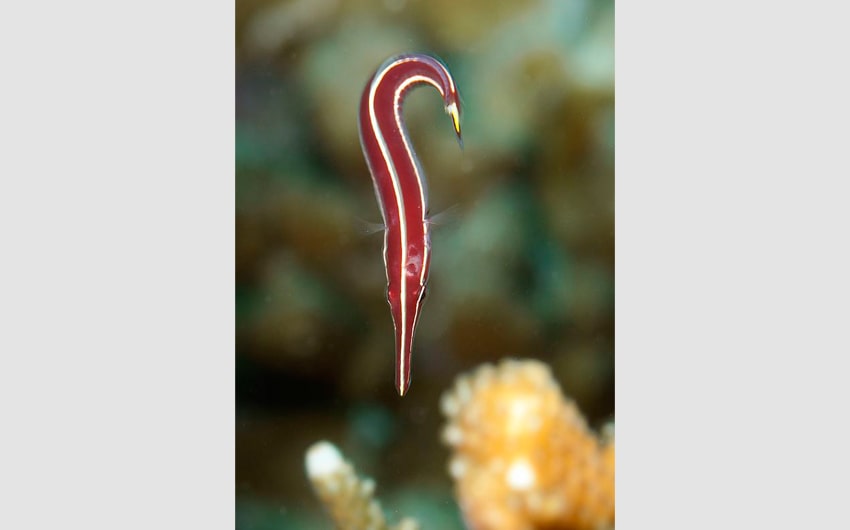
Image Source: Pinterest
The Urchin Clingfish is a small, fascinating fish found in the rocky intertidal zones and coral reefs of the Pacific and Indian Oceans. This tiny fish is named for its unique habit of living among sea urchins, using its suction cup-like pelvic fins to cling to the spines of its spiky hosts.
The Urchin Clingfish has a flattened body and a remarkable ability to maneuver through tight spaces, which helps it avoid predators. Its close association with sea urchins provides it with a safe habitat, as the urchin’s sharp spines deter most threats.
Urchin Clingfish feed primarily on small invertebrates and detritus, making them an essential part of the reef ecosystem’s cleanup crew. Their close relationship with sea urchins not only offers them protection but also benefits the urchin by keeping its spines clean of parasites. This mutualistic relationship showcases the intricate connections within marine environments. Although small and often overlooked, the Urchin Clingfish plays a vital role in maintaining the health and balance of coral reef ecosystems.
13. Urchin Crab
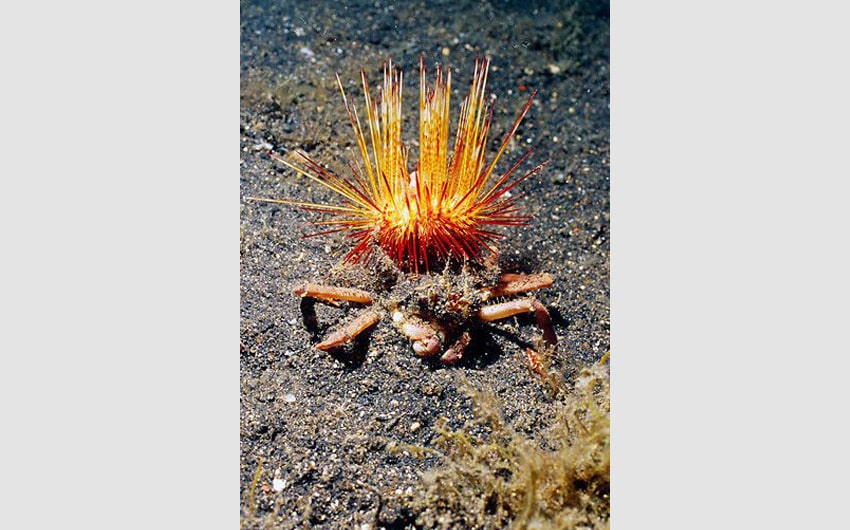
Image Source: Pinterest
The Urchin Crab is a small, fascinating crustacean commonly found in coral reefs and rocky shorelines of the Pacific and Atlantic Oceans. This tiny crab has a unique symbiotic relationship with sea urchins, often riding on their spines for protection from predators. Its body is typically camouflaged to blend in with the urchin, providing an additional layer of defense. The Urchin Crab feeds on small particles and organic debris, which helps keep its urchin host clean, benefiting both the crab and the urchin.
Urchin Crabs are nocturnal and primarily active at night, scavenging for food and maintaining their symbiotic relationship. They play a crucial role in their ecosystems by contributing to the health of their host urchins and helping control detritus on the ocean floor. This mutualistic relationship highlights the complex interdependencies found in marine environments, making the Urchin Crab an essential part of its underwater world.

